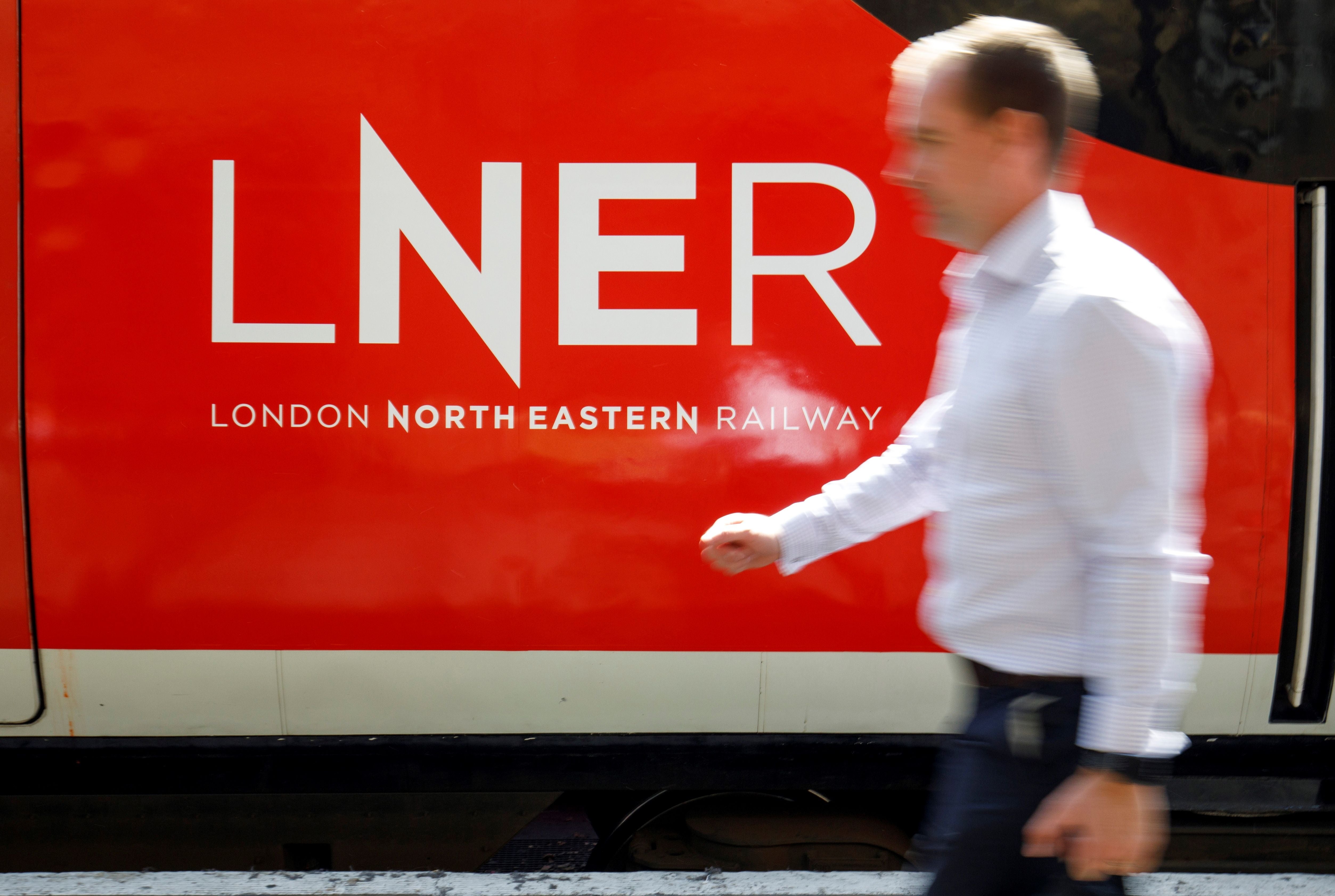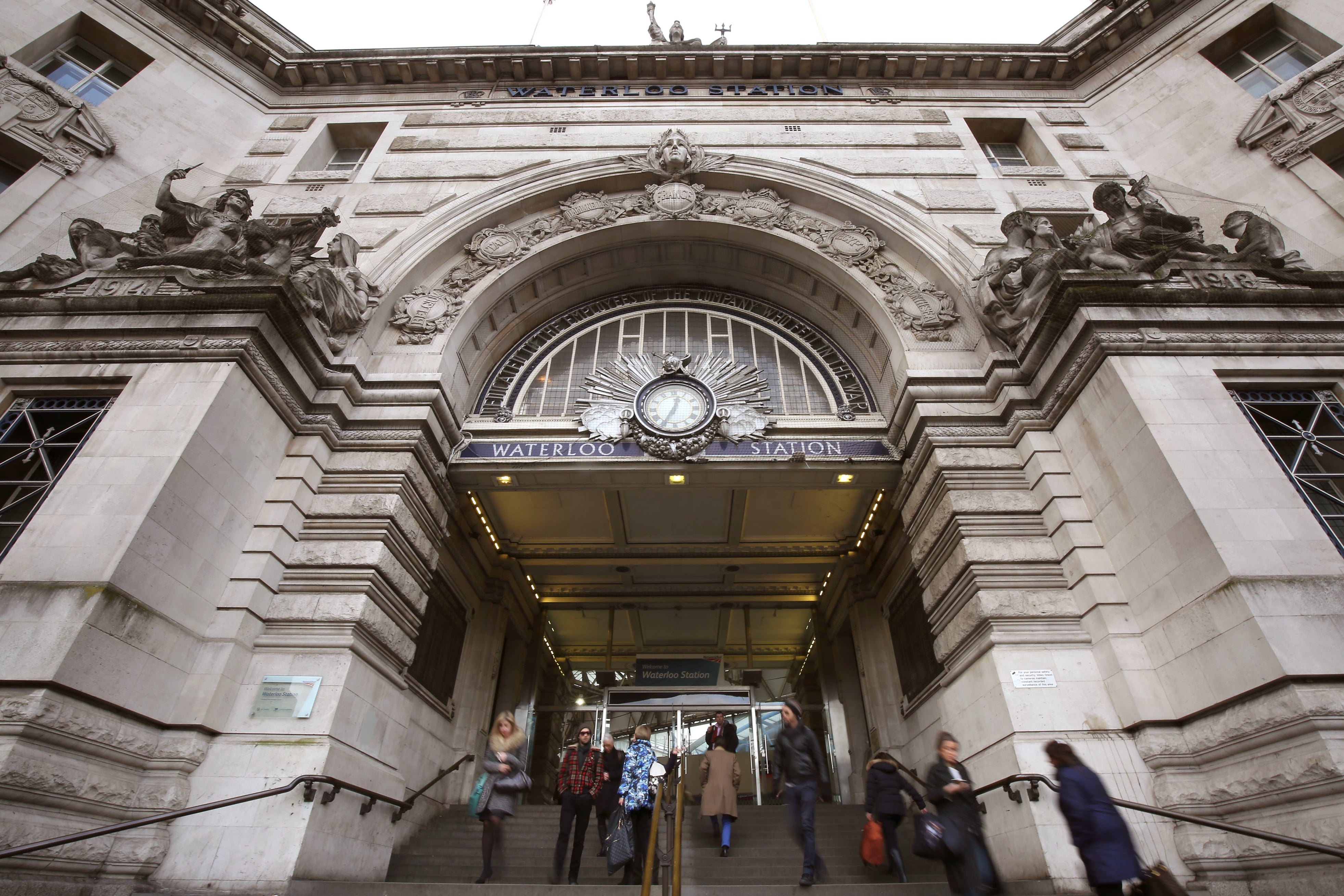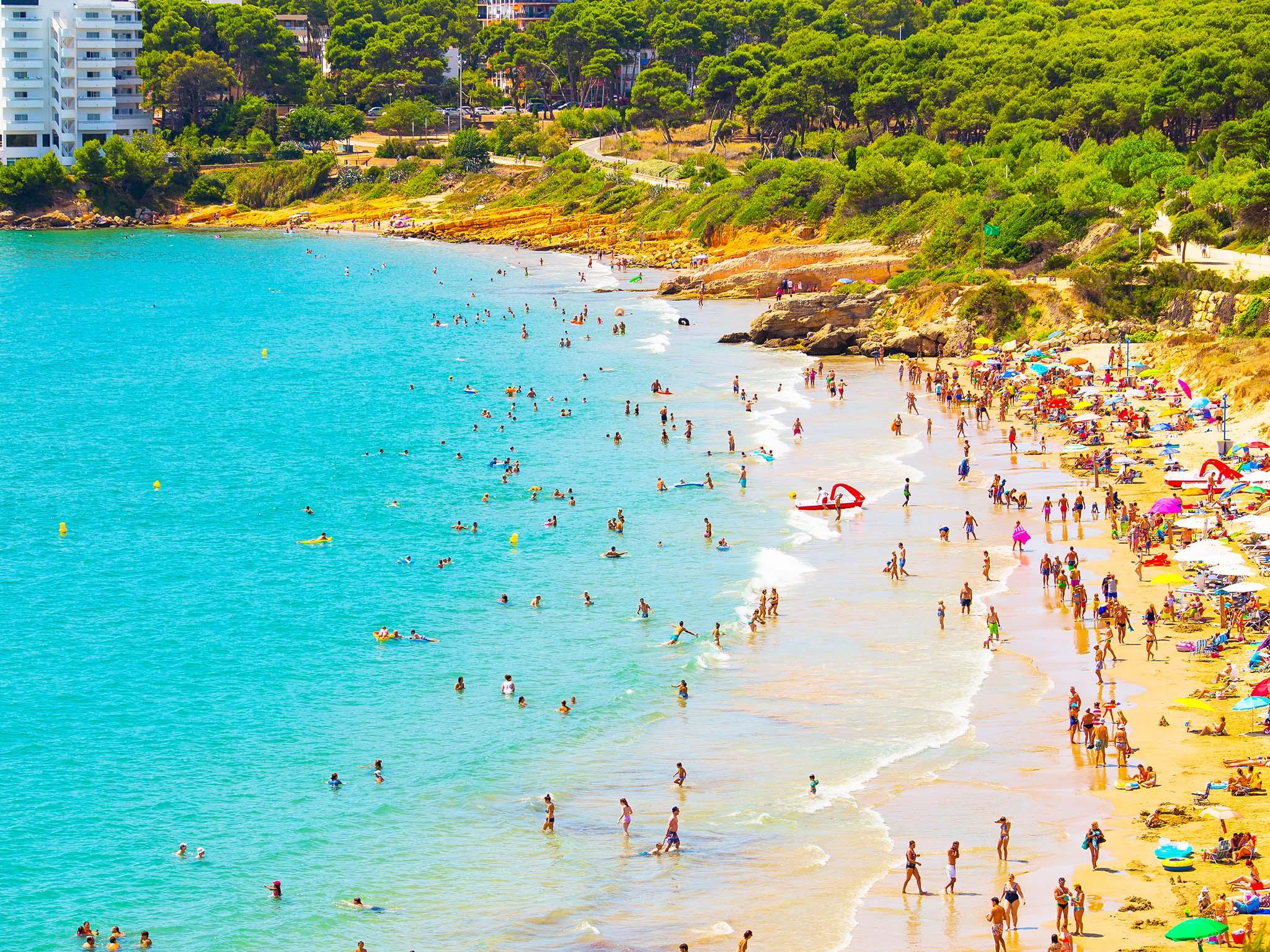Why do the train companies have different rules about compensation?
Simon Calder answers your questions on ‘delay repay’ schemes, Virgin’s plans for the Channel Tunnel, where Eurostar should run from, and where to take your family instead of Florida

Q Why do train operators have different limits on what constitutes a delay for the purposes of compensation?
Chris R
A Bluntly, because they can. The concept of giving stipulated refunds of a proportion of a fare paid, calibrated according to the delay, was created in the mid-1990s. This coincided with rail privatisation. As the wider railway industry fragmented, individual train operators made their own decisions – and, like so many relics of the great rail sell-off, the conflicting systems have endured.
By way of illustration: if your Edinburgh-London train arrives 20 minutes late, you get 25 per cent of the single fare back on Avanti West Coast. But state-run LNER and Lumo, the “open-access” operator, will give you nothing until the delay reaches half an hour, when it’s 50 per cent. When the delay reaches an hour, you get your fare back on all of them. Another open-access firm, Grand Central, is much less generous: nothing for delays of up to an hour, and then only 50 per cent for the first hour of lateness. Unsubsidised operators are less inclined to pay out than state-directed firms, which hand back millions every week in “delay repay” refunds – straight from the taxpayer.
A proportionate refund is better than the mad air passengers’ rights rules, according to which you may have paid only £15 but “win” £220 when you arrive three hours late because of the airline. Rail operators generally have a “no fault” attitude, paying out regardless of the cause of the delay.
Even so, I have a couple of concerns about the fairness of the system. The people who get the highest refunds are often business travellers whose fares are paid by their employer; do first-class travellers deserve (say) 10 times as much as those in standard class on the same train? And a half-hour delay on the UK’s longest rail run, the 13-hour trip from Aberdeen to Penzance, is probably less significant and stressful than a 30-minute hold-up on your journey to work. But the payout for the former could easily be 20 times more than the latter.
Unifying the rules would at least make the system clearer for passengers. We shall see if Great British Railways, when it is finally running the whole show, makes “delay repay” a priority. Personally, I would rather the organisation focused on improving punctuality instead of fixing the compensation system.

Q You just wrote about Virgin possibly starting trains through the Channel Tunnel. But didn’t Virgin already make a mess of a UK train line and then walk away with the taxpayers picking up the tab?
Louise R
A No, more or less the exact opposite happened. Let me first set out a brief history of Richard Branson’s involvement with rail. During privatisation in the late 1990s, the music and airline entrepreneur launched Virgin Trains. On the West Coast Main Line in particular, his train firm revolutionised the experience – delivering the promised new tilting train, the Pendolino, with a top speed of 140mph (though infrastructure limitations kept the fleet restricted to 125mph). The key links between Manchester, Birmingham and London accelerated and became more frequent, trebling the number of passengers. In 2019, the franchise was handed over to Avanti West Coast.
In the interim, though, Virgin Trains also ran on the East Coast Main Line between London and Edinburgh. It was granted the franchise in 2015 for eight years, but – as you say – “walked away” after just three years, having lost, along with its partner Stagecoach, an astonishing £200m on the deal. For every day that Virgin Trains East Coast existed, taxpayers benefited by £175,000. The company had overbid due to passenger growth forecasts that turned out to be hopelessly optimistic.
The Stagecoach/Virgin bid was predicated on Network Rail enhancing the infrastructure by eliminating bottlenecks to allow the train operator to run many more services – which didn’t happen as promised– and on continued steady growth in demand. In the second half of 2016, passenger numbers actually went into decline as the economy wobbled after the Brexit referendum. After Virgin threw in the towel, the government picked up the franchise and still runs it as LNER.
Branson’s interest in breaking Eurostar’s monopoly on the London-Paris route is rooted in more certainty. With modern high-speed infrastructure, there is less of a potential downside. The main hurdle is the required new rolling stock: finding funding for trains, and slots with manufacturers to build them. But as the bearded billionaire proved as early as 1970 – when he launched Virgin Records – competition cuts prices and boosts quality. I hope he succeeds.

Q You wrote about the prospects – and problems – of expanding international train services from London St Pancras. I agree the current Eurostar terminal is often extremely crowded. So why not bring back Eurostar’s original London terminal at Waterloo? Could it be pressed into service?
Paul G
A When Eurostar launched passenger trains from London to Paris through the Channel Tunnel in 1994, the hub was a purpose-built £140m terminal. It was attached to the western side of what was then the UK’s busiest rail station, Waterloo. Unlike the rest of the terminus, it was designed on two levels – with four platforms at concourse level, and all the palaver that goes with an international Channel Tunnel train beneath the tracks. Space for ticketing, the security search, a waiting area and inbound border control was created.
Trains emerged from Waterloo heading southwestwards, and a special curve was built to carry Eurostar trains over to the southeastern-bound line from London Victoria, following “classic” (ie not high-speed) tracks to the Channel Tunnel. Yet the Waterloo Eurostar terminal had only a brief 13-year career before the High Speed One rail link opened to London St Pancras International.
At the time, the Channel Tunnel rail firm contemplated keeping Waterloo open for leisure services such as Disneyland Paris, the ski train and Marseille (all routes, incidentally, that have since been scrapped). But Eurostar decided to put all its eggs in the St Pancras basket. This week Robert Sinclair, who runs St Pancras station and the HS1 line, told me there is enough platform capacity at the hub to treble passenger numbers – and that deft reworking could allow for more processing space.
That is just as well, because Waterloo is extremely unlikely to provide extra capacity. The former Eurostar platforms have been adapted for South Western Railway services to the suburbs, while the space beneath them is now a shopping and entertainment hub called The Sidings. To repurpose it as an international rail station would require ripping out the world’s biggest Brewdog pub and a large Wetherspoon’s. Even then, finding space on the old rail lines for trains to thread through to the Channel Tunnel would be a nightmare – as would the time penalty of adding an hour to journeys.

Q I have been looking at Florida holidays for the summer and have been astounded by their price. Around £7,000 for 10 days for a family of five, £2,000 more than we budgeted, and that isn't including park passes.
Is this likely to change? Do you have any recommendations for alternatives for a family of five?
Claire G
A The cost does not surprise me: for peak summer in Florida, I reckon on up to £1,000 per person for each direct return airfare, with accommodation and a rental car for 10 days easily swallowing up £2,000.
Prices may come down. Airlines are talking about “softness” in the aviation market. If you are prepared to route yourself indirectly, for example via Dublin or somewhere in Canada, those airfares may tumble. Accommodation, too, is likely to become cheaper. President Trump has so inflamed many Canadians that the normal summer flow south across the border for vacations is much diminished. Hotels and villa owners know that there is only one way to fill rooms, and that is to cut prices. The same applies to rental cars. So you could just watch and wait.
A better plan, though, is to choose a European destination. I have been in Florida in July and August, and frankly, it reminded me of the Noel Coward line: “Mad dogs and Englishmen go out in the midday sun.” Too hot, too humid, too crowded for my taste. May I steer you first to PortAventura near Salou on Spain’s Costa Dorada? I was there when it opened in 1995, and it remains a firm favourite 30 years on.
I like this stretch of the Mediterranean coast. Salou is a cheap and cheerful resort; the nearby port of Cambrils feels like “real” Spain and offers excellent restaurants; and if you want to explore more widely, there are frequent (and inexpensive) trains to the cities of Tarragona and Barcelona. You should find a suitable package holiday for about £700-£800 per person from almost any UK airport, including flights (with baggage), transfers and decent accommodation.
For something different, and less expensive, consider Europa-Park – near the German town of Rust, south of Strasbourg in France. Packing everyone into the car and taking the ferry will not begin to stretch your budget, and you could build in some extra sightseeing, for example in the Black Forest.
Email your question to s@hols.tv or tweet @SimonCalder
Join our commenting forum
Join thought-provoking conversations, follow other Independent readers and see their replies
Comments